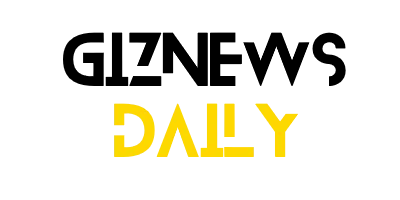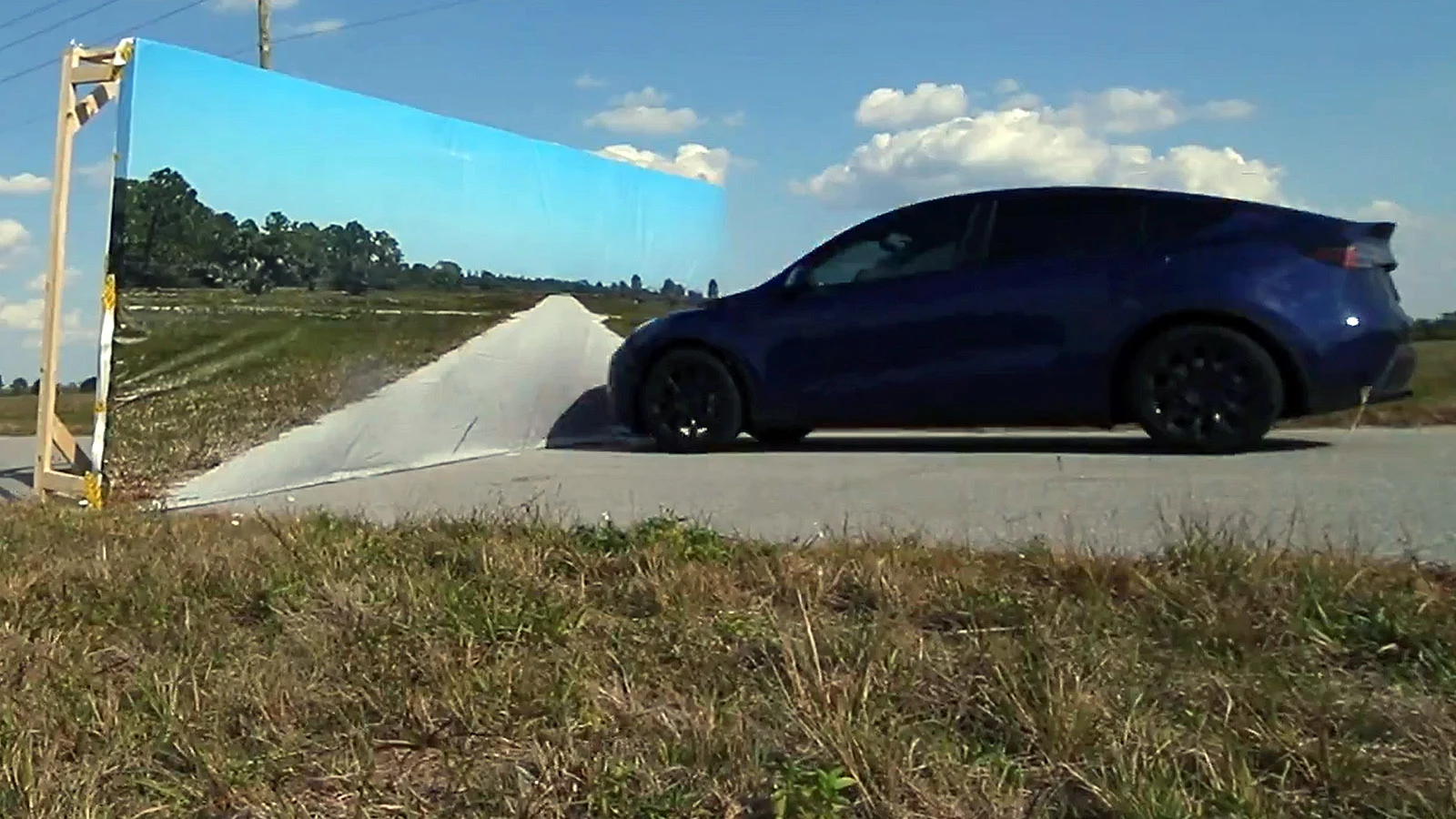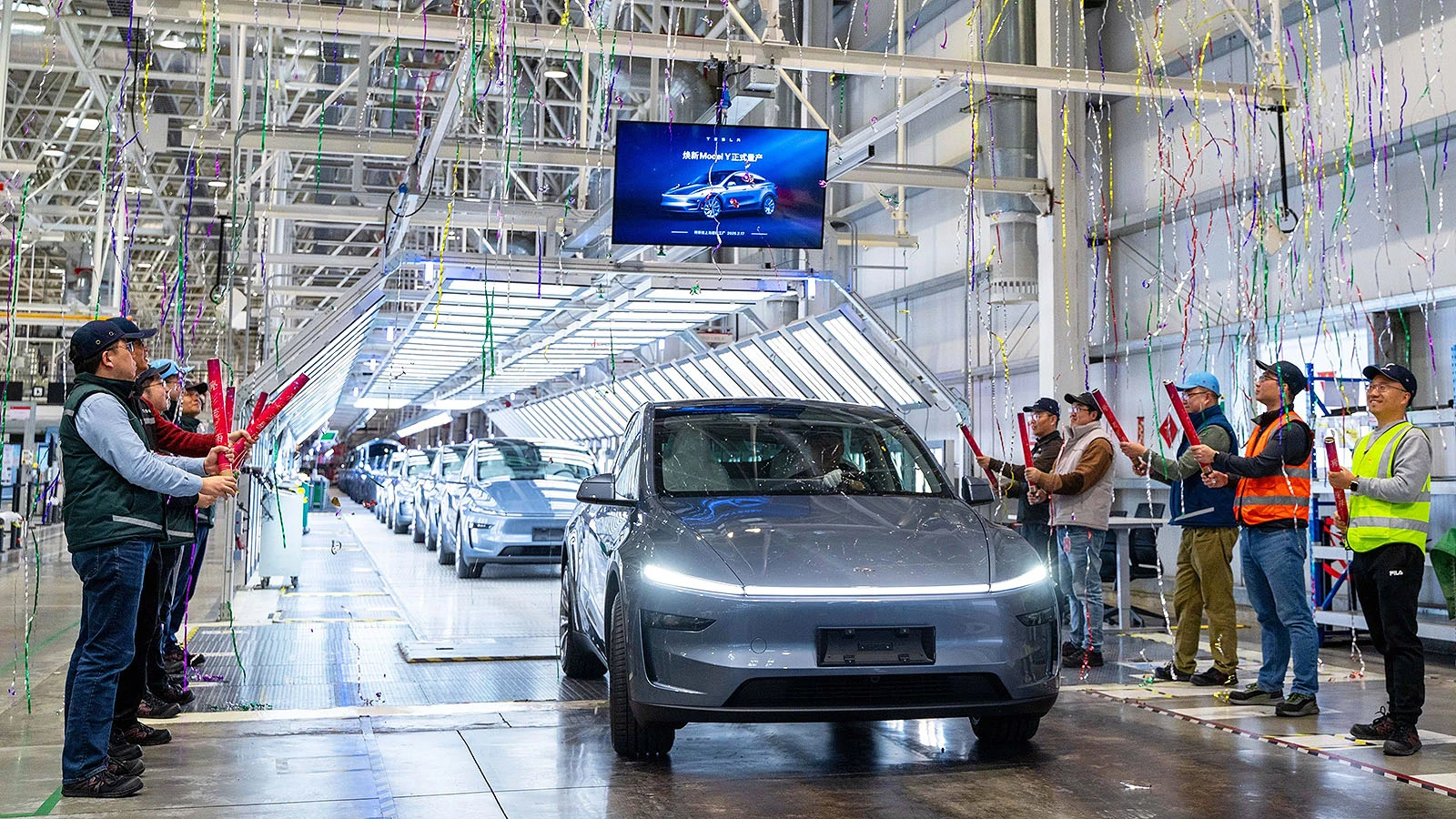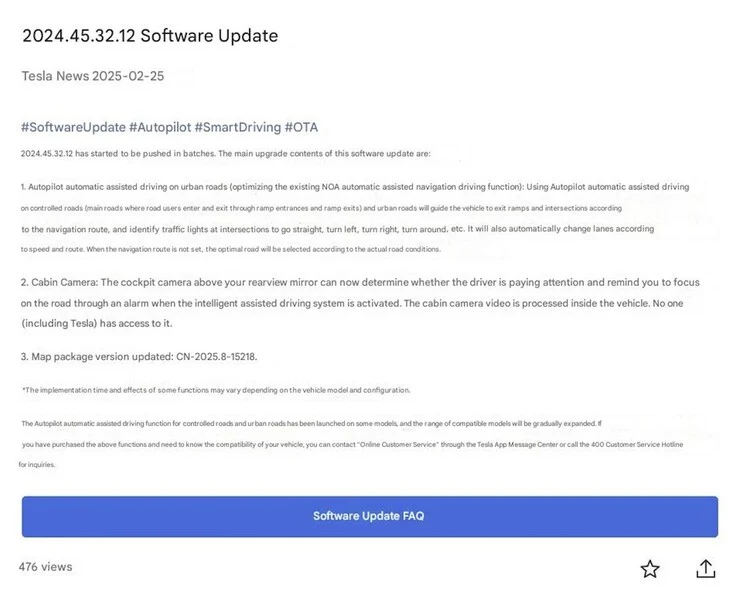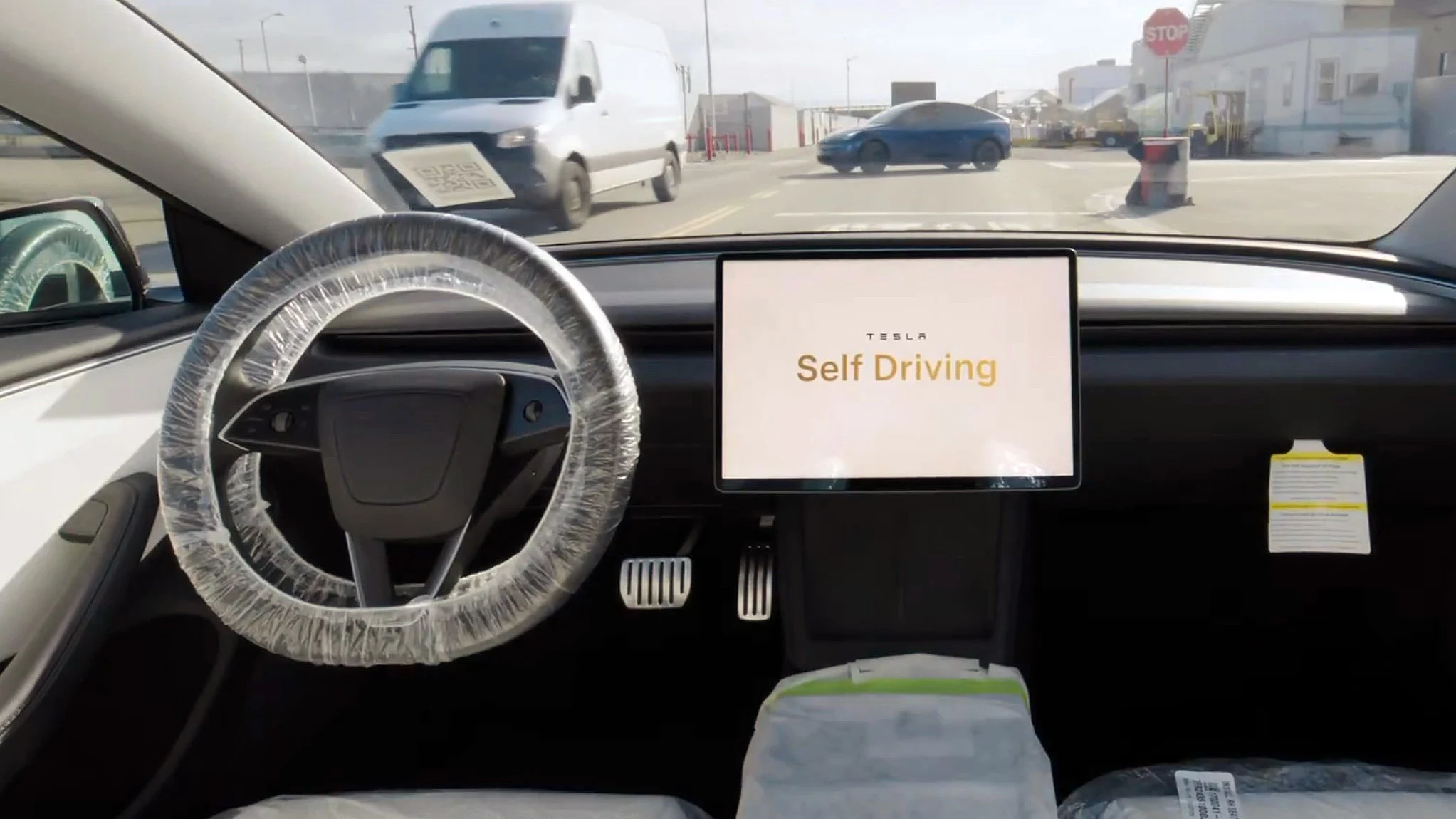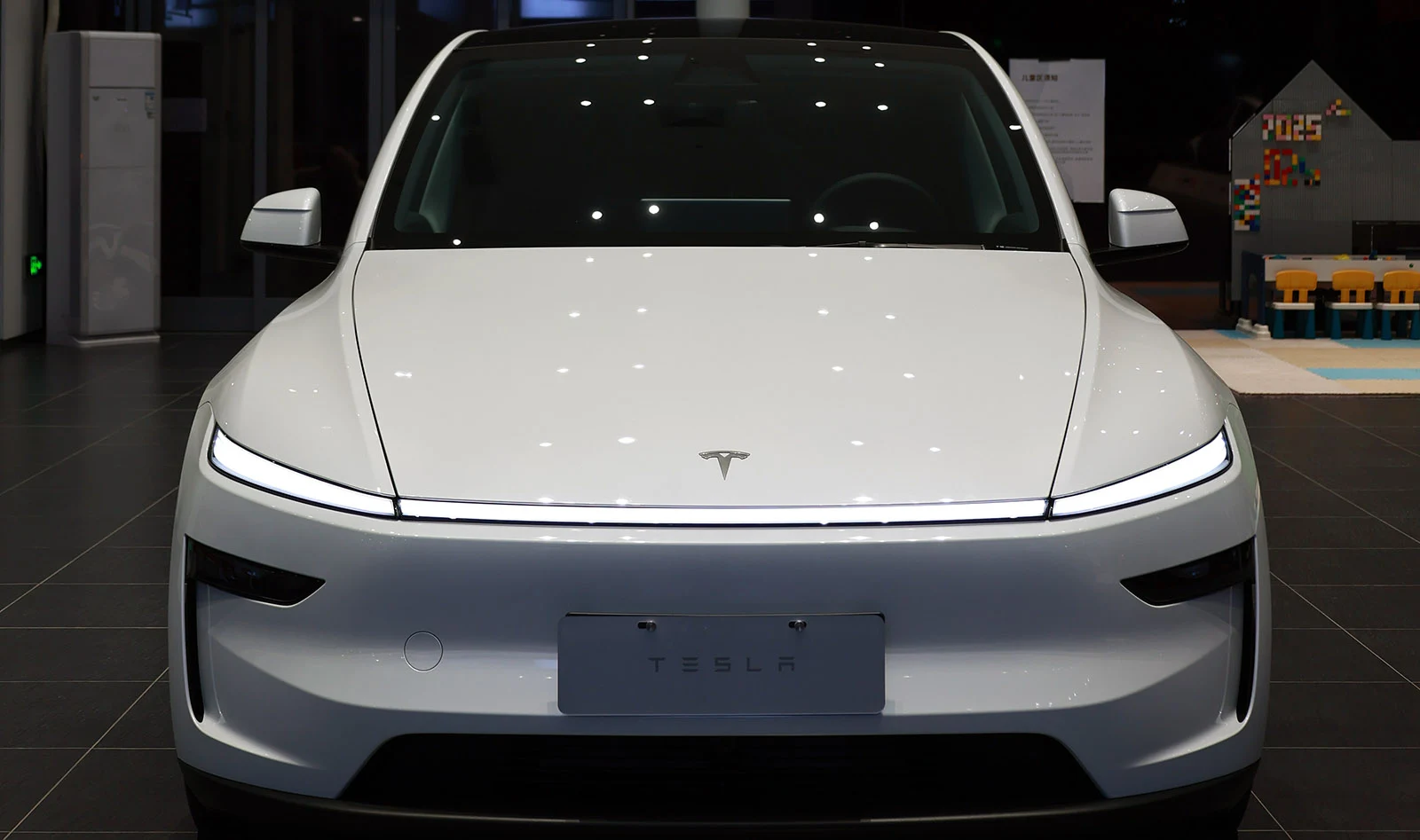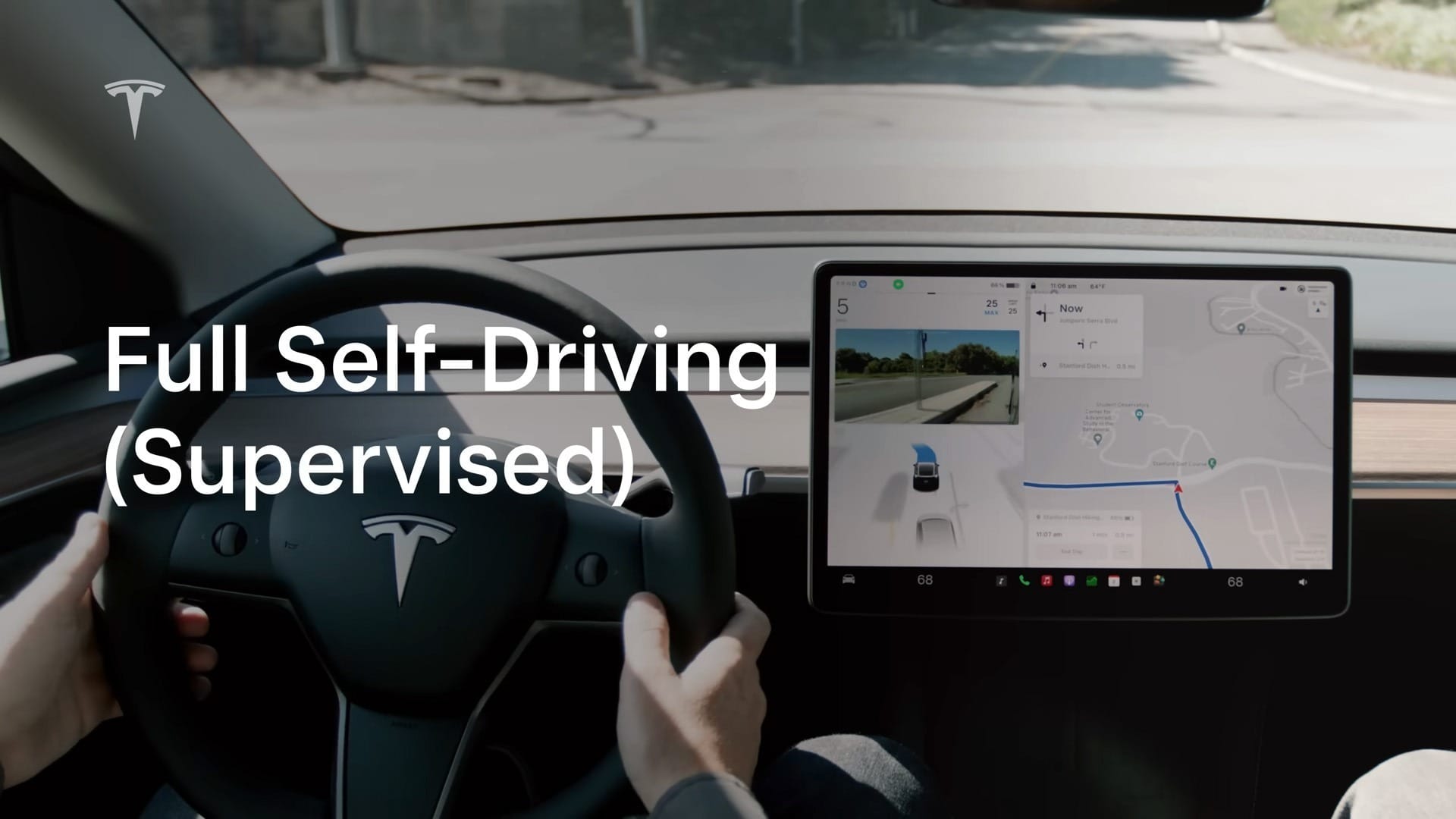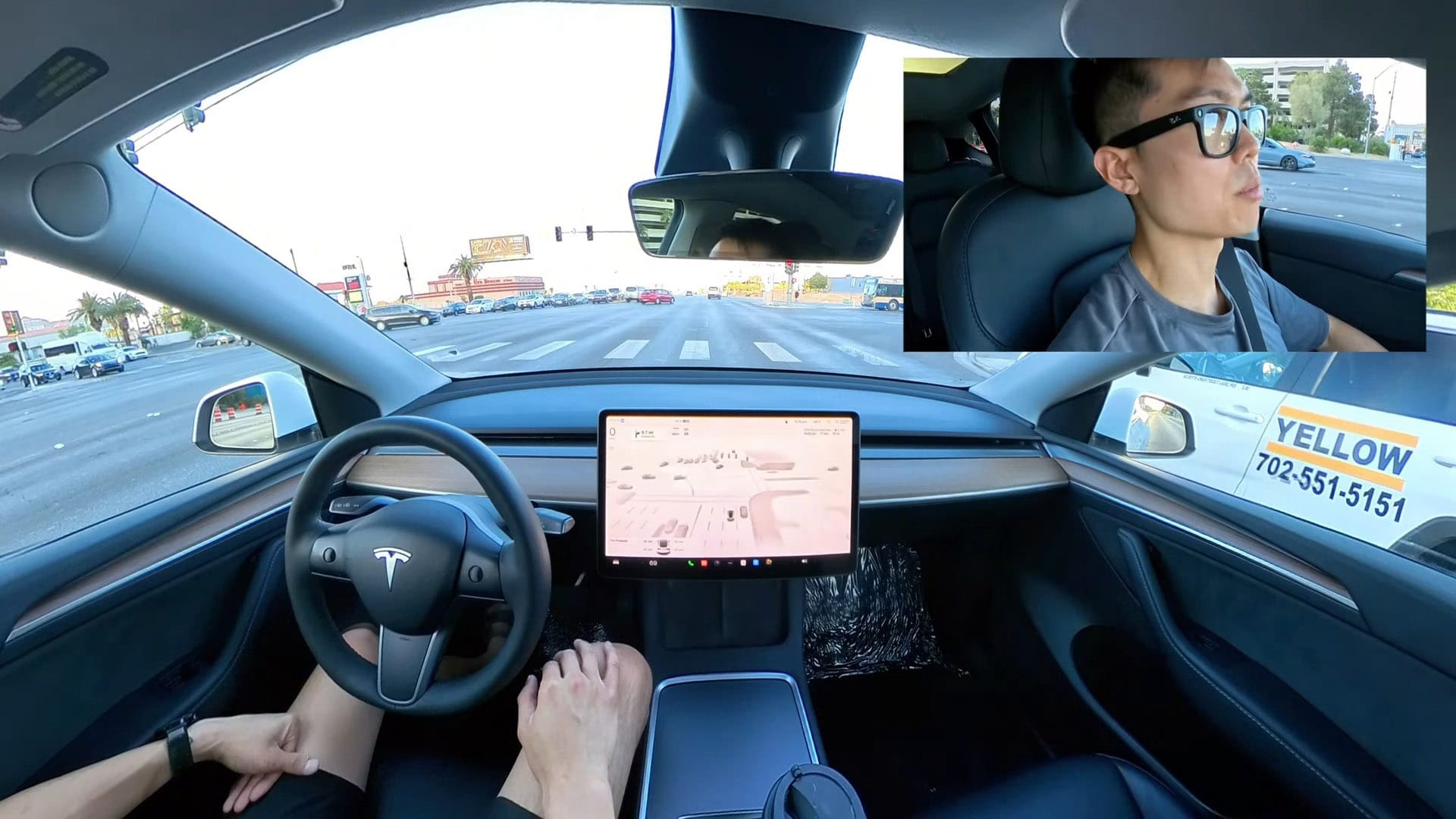Key Takeaways
1. Mark Rober’s test showed Tesla’s Autopilot performance negatively compared to a Lexus with LiDAR, but inconsistencies led to further independent testing.
2. The 2022 Model Y with Hardware 3.0 failed to detect a fake wall, while the 2024 Model Y with Hardware 4.0 successfully stopped before the obstacle.
3. A similar successful test was performed with the Cybertruck, also equipped with Hardware 4.0.
4. Tesla plans to begin unsupervised FSD testing in Austin, Texas, starting in June, with necessary permits obtained.
5. Tesla is considering a retrofit program for older vehicles with Hardware 3.0 if unsupervised FSD cannot be successfully implemented on those models.
Recently, a test by Mark Rober compared a Tesla using Autopilot with a Lexus autonomous driving system, which is renowned for its use of LiDAR. This test didn’t show Tesla’s camera-only approach in a good light.
Inconsistent Results
However, Rober’s setup had so many inconsistencies that a group of independent testers decided to put a Tesla through similar tests to see if they could confirm or counter his findings. In a recent round of testing, a Model Y equipped with the new Hardware 4.0 FSD was tested against an older Model Y that had the Hardware 3.0 version, which is still much more common on roads in the US.
Different Models, Different Outcomes
The 2022 Model Y was fitted with the HW3 package and used the latest version of Tesla’s FSD software designed for that hardware, while the 2024 Model Y had the upgraded HW4, also referred to as AI4 by Tesla. The HW3 Model Y did indeed fail the test; it didn’t detect the wall that was painted to look like a road and drove straight through it. The testers ran the test twice, having to brake manually, and once allowed the 2022 Model Y to crash through the fake wall while in FSD mode.
The 2024 Model Y, equipped with the HW4’s high-resolution cameras and a new FSD computer, successfully detected the fake wall every time and stopped the vehicle before it reached the obstacle while in self-driving mode. A similar test was performed with the Cybertruck, which also has the HW4 setup, and it too did not collide with the wall.
Upcoming Unsupervised Testing
Tesla is getting ready to test its unsupervised FSD mode, which won’t need a driver to be present or paying attention, starting this June in Austin, Texas. The autonomous driving team recently announced that they obtained the necessary permit for pilot program testing by showing city officials in a Cybercab.
“Thanks to Austin City & Texas DOT for hosting & supporting our efforts to unlock safe & low-cost premium point-to-point electric transport,” the team stated, confirming that the June launch for unsupervised FSD is on track. However, Tesla hasn’t yet figured out how to make the newest FSD version work on older vehicles with the HW3 setup, and it may also struggle to implement unsupervised FSD successfully on those models. Elon Musk promised that if that happens, Tesla will upgrade HW4 computers into eligible HW3 vehicles at their own expense.
The Wile E. Coyote wall test indicates that a HW3 computer retrofit program may become necessary in the future along the fake painted road.
Source:
Link
